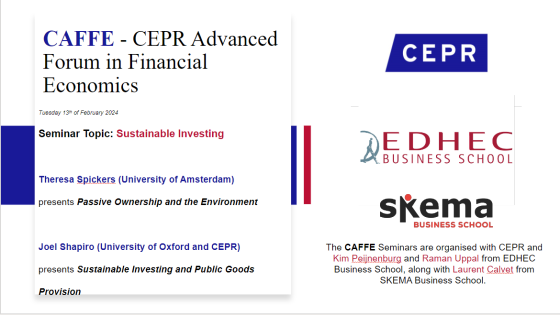DP9784 Unintended Consequences of LOLR Facilities: The Case of Illiquid Leverage
While the direct effect of lender-of-last-resort (LOLR) facilities is to forestall the default of financial firms that lose funding liquidity, an indirect effect is to allow these firms to minimize deleveraging sales of illiquid assets. This unintended consequence of LOLR facilities manifests itself as excess illiquid leverage in the financial sector, can make future liquidity shortfalls more likely, and can lead to an increase in default risks. Furthermore, this increase in default risk can occur despite the fact that the combination of LOLR facilities and reduced asset sales raises the prices of illiquid assets. The behavior of U.S. broker-dealers during the crisis of 2007-2009 is consistent with the unintended consequence just described. In particular, given the Federal Reserve's LOLR facilities, broker-dealers could afford to try to wait out the crisis. While they did reduce traditional measures of leverage to varying degrees, they failed to reduce sufficiently their illiquid leverage, which contributed to their failures or near failures. Several mechanisms to address this unintended consequence of LOLR facilities are proposed: condition LOLR access and terms on the financial health of borrowers; condition LOLR access and terms on asset sales and deleveraging; and, especially, instead of supporting troubled financial firms, open LOLR facilities to financially sound, potential buyers of illiquid assets.



